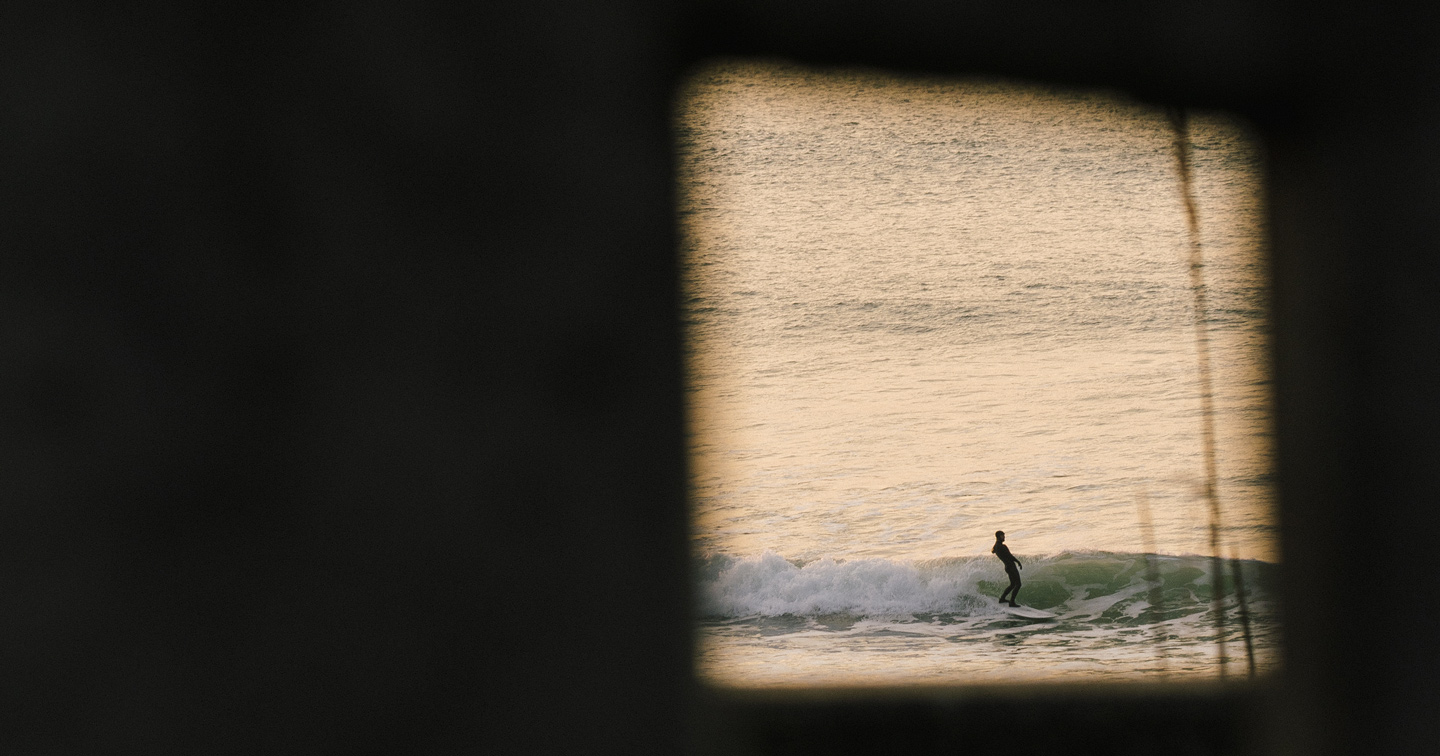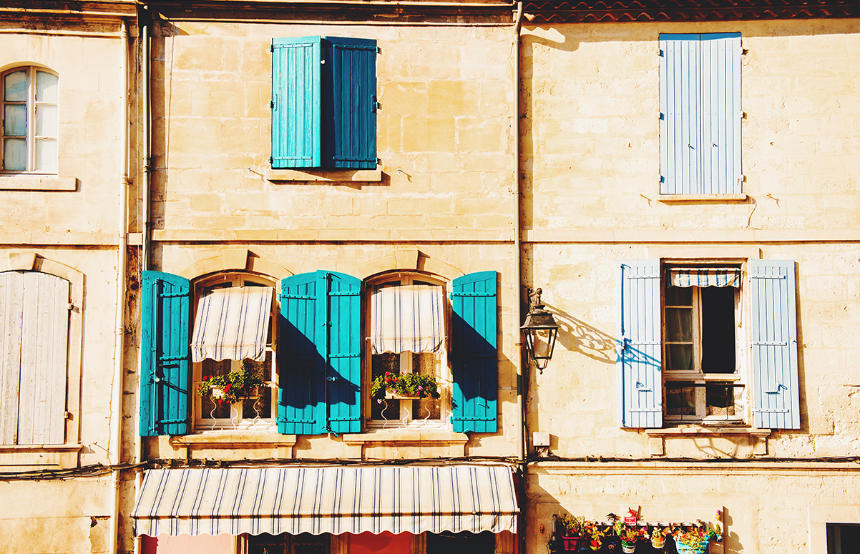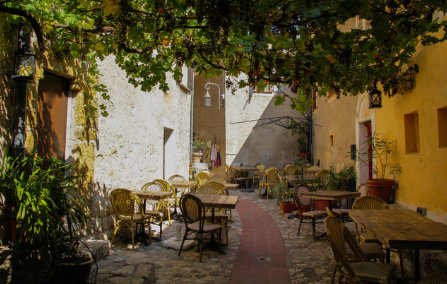Published 8th May. 2023
Reading time
France and Italy have long been at war over who has the better cuisine. Is it the simplicity of a good old cheese-laden pizza? Or the high-end finesse of a classic coq au vin? It might just be impossible to decide. That’s where Corsica steps in. Officially part of France but with a long Italian heritage, this Mediterranean island blends the tastiest grub from both nations into one heavenly cuisine. And while tucking into some high-end charcuterie or a hearty stew in one of our favourite restaurants on the island is a must, a foodie adventure to Corsica can also involve private tours of oil groves and wine vineyards, cheese-making workshops in a remote farmhouse or simply enjoying a lovingly-prepared hamper on a quiet spot along the charming coastline. Keep reading to discover the delights of traditional food in Corsica.
When it comes to traditional food in Corsica, it’s all about comfort, indulgence and, of course, plenty of flavour. You can head to one of the many traditional restaurants sprinkled across the island to tuck into dishes like aziminu (the Corsican answerer to the French bouillabaisse) – a Mediterranean fish stew made with an eclectic mix of seasonal seafood, topped with mussels and served alongside garlic bread. There is also the islands’ ultimate signature dish: civet de sanglier, a rich wild boar casserole stewed slowly with herbs, vegetables and wine. Other dishes include a lentil stew with cured meats, a veal stew with olives and a bean soup with pork. For a taste of the rural origin of so many classic Corsican dishes, we can whisk you off to a charming farmhouse in the heart of the Alta Rocca countryside – a micro-region known for its breathtaking scenery – to enjoy a range of traditional home-cooked recipes that have been passed down from chef to chef for generations.
Made exclusively from the milk of the sheep and goats that have long been raised on the grassy pastures of the island’s interior, Corsican cheese varies from soft and subtle (like the exclusive bastelicacciu, which can only be produced during the winter) to rich and creamy (like casgiu merzu, which is made with insect larvae). But perhaps the best of them all is the delicious brocciu – a soft, ricotta-style cheese that can be found in some of the island’s most traditional dishes, including fiadone, a Corsican cheesecake that infuses lemon zest and brocciu. If you’re keen to try your hand at cheesemaking, we can arrange for you to visit a bergerie (farm) in the sweeping Restonica Valley to learn how to make your very own brocciu. For something a little more intimate, we can put together a hamper of the finest local wines and cheeses for you to enjoy at a hidden spot along the coast. For the real cheese-obsessives out there (aren’t we all?), make sure to visit in May to celebrate the island’s many exquisite farm-produced cheeses at the annual cheese fair, Fiera di U Casgiu, in Venaco.
While the omnipresence of goat and sheep’s-milk cheese might be a nod to those produced in the nearby Italian island of Sicily, the Corsican take on charcuterie is certainly a nod to the French-ness of its cuisine. Sausage is undoubtably the star of the show, especially figatellu (smoked liver sausage), which is used to enrich many classic soups and stews. There is also ionzu (dry-cured loin), prizuttu (dry-cured ham) and coppa (smoked filet, pictured). Charcuterie is traditionally enjoyed as an aperitif and where better to enjoy it than aboard a luxurious sailing boat? We can arrange a sunset cruise in Ajaccio Bay, where you can enjoy a mouthwatering buffet of Corsican charcuterie and other culinary delights while watching the sun drop behind the Sanguinaires Islands.
Corsicans have a curiously-close relationship with chestnuts which speaks to the island’s culinary predilections of yesteryear. The tale begins in the early 1500s, when the Genoese government in control of the island decreed that each landowner must plant a singular chestnut (it later rose to ten) to avoid famine. The decree was a resounding success – soon the chestnut became a reliable food source for the whole island. Today, chestnuts are still seen as one of the island’s most culturally-significant produce and can be found in many traditional dishes. There is pulenda, a hearty bread made using chestnut flour; frittelle castagnini, chestnut flour fritters; and gâteau à la farine de châtaigne, a traditional cake also made with chestnut flour. You can also find plenty of whole roasted chestnuts, especially in the winter during the build up to Christmas.
We’re going to finish up our roundup of the finest traditional food in Corsica in perhaps one of the most beautiful locations: the vineyards. The island’s sunny climate, mountainous pastures and gentle sea breeze have long made it possible to produce many delectable grape varieties, the most significant being nielluccio, sciacarello and vermentino. We can arrange for you to be privately transferred to one of our favourite vineyards on the island (trust us – you won’t want to drive back) to enjoy a tour of the beautiful vineyards and cellars. If you fancy stocking up on a particular wine that takes your fancy, then we can have our wonderful Concierge send it back home for you. The fertile interior lands are also brimming with beautiful olive groves from which several varieties of delectable olive oil are produced. You can visit one of our favourite regions, La Balagne, to tour a traditional oil mill before enjoying lunch in a beautiful estate. Make sure to ask for veau aux olives (one of Corsica’s signature dishes), a hearty veal and olive stew. There is also the Fiera di l'alivu (olive oil fair) in the charming village of Montemaggiore during July, where you can take your celebration of olive oil and all of its marvellous properties to the next level.

Given our parent company, Voyageurs du Monde, are based in Paris, our French travel tips are second to none, and are constantly being updated with local knowledge. Supplemented by this first-hand expertise, our well-travelled team can tailor itineraries to your preferences... think the likes of wine-tasting tours organised by our Conde Nast Wine Regions Specialist, cheese-making in the mountains or tours of Paris in a vintage car. Equipped with nothing but school-level French? Fear not; our trusty Concierges and guides are on hand in places like Corsica, where English speakers are scarce.
ENQUIRE NOWPractical advice and inspiration for your next trip

On a recent research trip to Provence, our Europe expert, Sophie, sampled a slice of the laid-back French way of life. Slow, winding drives past lavender fields and olive groves led her to pretty villages with bustling markets, art exhibitions, traditional cuisine and more. Whether you’re looking to plan your own trip to Provence or simply want the inside scoop on Sophie’s, read on to discover her best bits and top tips… Where did you visit?
11th November 2025 - France Travel Tips

From quaint labyrinthine streets and ancient mountainside buildings to flower-filled gardens and picturesque ports, certain villages in the south of France look like they’ve been plucked from a fairytale. Whether tucked along the pretty pine-fringed coast or perched precariously atop a rocky outcrop, there’s even a committee that elects the most charming villages every year. Planning a French getaway?
2nd February 2025 - France Travel Inspiration

After seasoned skiers have retired their boots for the year and après paused for the warmer months, summer graces the French Alps with a soul-warming hug. Snow-capped peaks turn into lush green meadows, bringing ample opportunity for outdoor fun in the sun. Whether hiking well-trodden paths, relaxing by crystal-clear lakes or sampling seasonal food, one thing’s certain – summer in the French Alps is all about killer mountain scenery.
11th June 2024 - France Travel Inspiration

Our team of destination experts will get to know you and your unique requirements for your holiday

We work with you to build an ultra-personalised holiday itinerary with your choice of accommodation, experiences and activities

All of our holidays include little extras designed to make a big difference to your trip, from fast-tracking you through airport check-in and security to our network of local Concierges